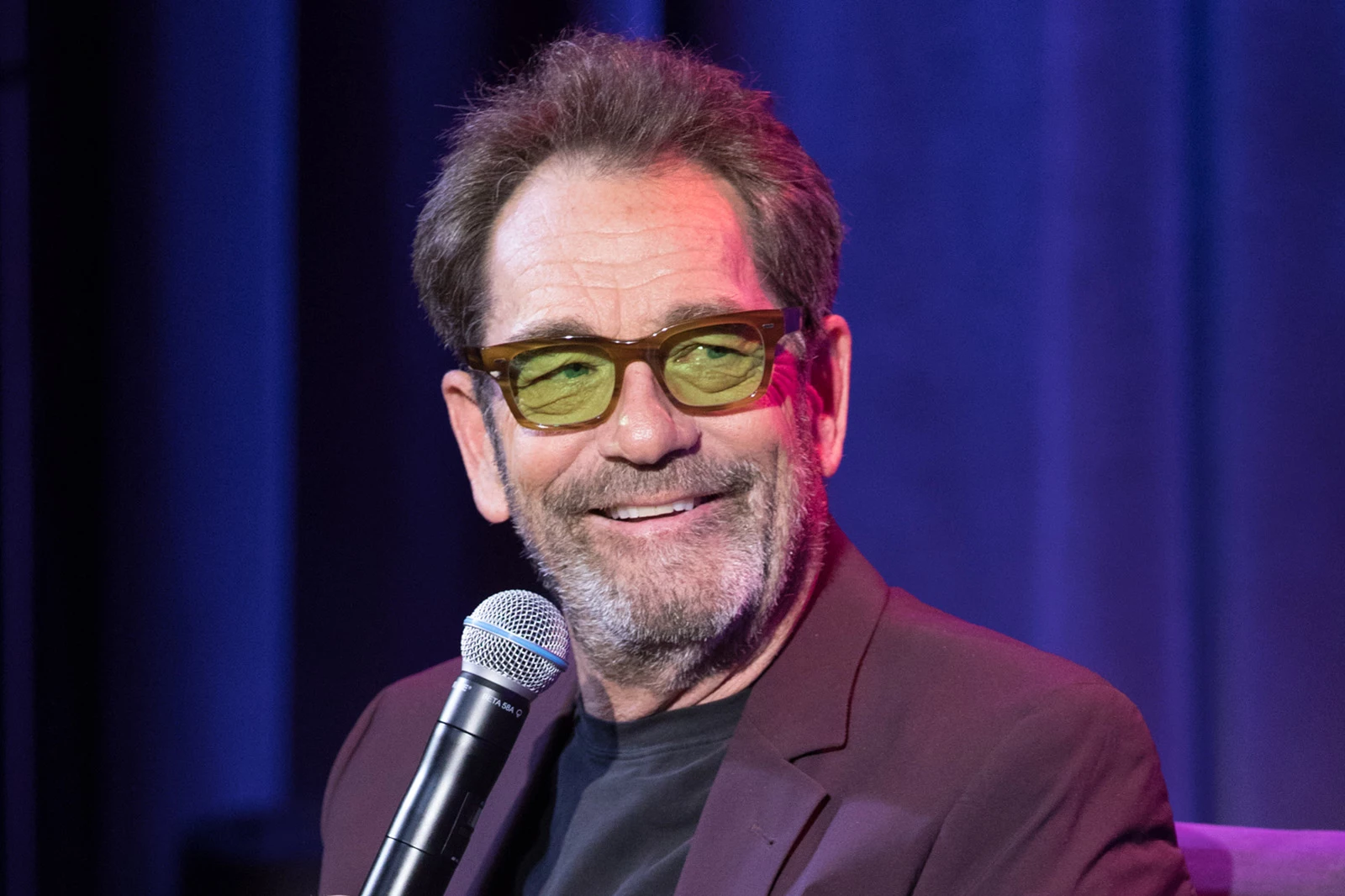
Huey Lewis Reveals His Two Biggest ‘80s Regrets
by Martin KieltyHuey Lewis revealed the two biggest regrets he had in the ‘80s: rejecting a large sponsorship deal and refusing to record a song Bob Dylan sent him.
The singer was looking back on his career at the Grammy Museum in Los Angeles earlier this week, in an interview hosted by Jimmy Kimmel and reported by Billboard.
Lewis recalled that, after Pepsi signed a $50 million deal with Michael Jackson in 1986, the company’s biggest rival contacted him. “Coca-Cola asked to have a meeting [so] we flew to Atlanta,” Lewis said. “They offered us millions of dollars [to use] ‘The Heart of Rock & Roll’ in a commercial. I said no. Stupid.”
He and Dylan met during the recording of the charity single “We Are the World” in 1985. Lewis said he sang a line in the song that was originally meant for Prince, who didn’t show up. Later, Dylan sent Lewis a song and suggested he should use it. But he rejected the idea. “I should have cut it,” Lewis admitted. “I don’t know what I was thinking.”
Lewis – whose future in music is uncertain now that a hearing condition has forced him to give up performing for the foreseeable future – also told how his father had approved of his music career but urged caution. “He told me to keep playing the harmonica," he recalled. "He said, ‘They can’t take that away from you. This Huey Lewis and the News shit could be here today, gone tomorrow.”
The first time he heard himself on the radio, he said, was when the group's breakthrough hit, “Do You Believe in Love,” was released in 1982. Knowing that KFRC in San Francisco was going to play it between 2 and 6PM one day, “we gathered the whole band and watched the radio. They played it pretty early, and two things struck me.” The first was, due to airplay compression, the song “sounded like someone else.” The second: “It sounded like a hit.”
Weather, which could be Huey Lewis and the News’ final album, is out today.
Top 100 Albums of the '80s
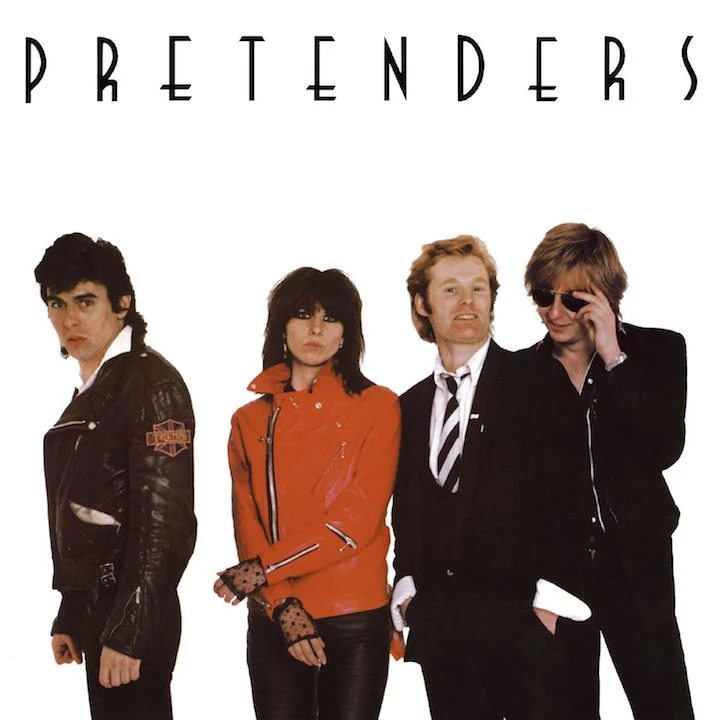
'The Pretenders'
The Pretenders (1980): Chrissie Hynde was a new-school punk with a classic-rock heart. She loved the Kinks as much as she loved the Sex Pistols, and on the Pretenders' stinging debut she comes off like the biggest badass on the planet.

'Permanent Waves'
Rush (1980): Compact, radio-ready items like "The Spirit of Radio" and "Freewill" signalled a move away from longer-form compositions for Rush and let to a trip up the Billboard charts. 'Permanent Waves' became their first American Top Five album, eventually going platinum.
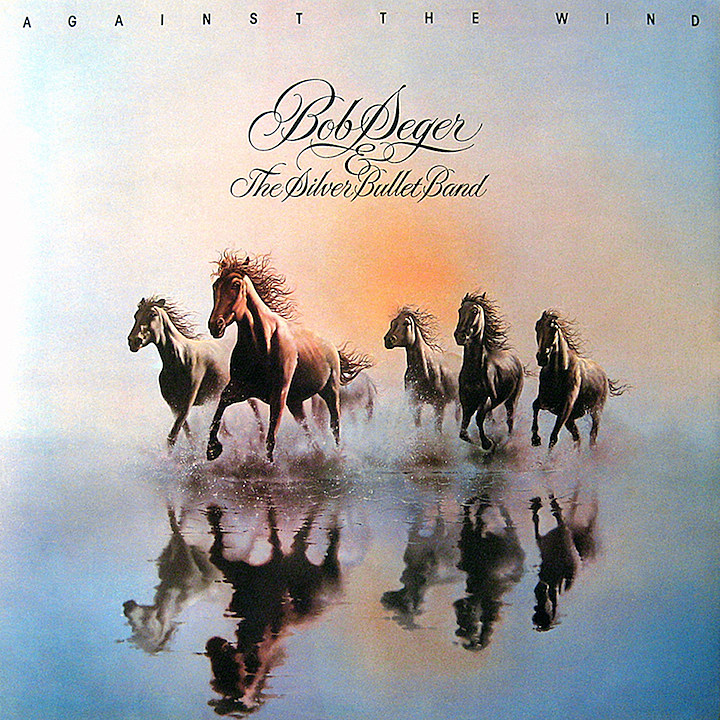
'Against the Wind'
Bob Seger (1980): A two-time Grammy winner that knocked Pink Floyd's 'The Wall' off the top of the charts, 'Against the Wind' found its strengths in Bob Seger's balladry, rather than his typical meat-and-potatoes rockers.

'Get Happy'
Elvis Costello (1980): Costello's first experiment with the genre-hopping that would define his career was 1980's 'Get Happy.' An excursion into soul music, it sounds like Booker T. and the M.G.s crossed with speed and a rhyming dictionary.

'Women and Children First'
Van Halen (1980): Dark elements begin to creep into Van Halen's sound, after a pair of well-received party-rock albums. That creative tension - somber Eddie, versus impish Dave - would spark the band for years, then (perhaps inevitably) tear it apart.

'Heaven and Hell'
Black Sabbath (1980): When the Ozzy Osbourne-led sessions for 'Heaven and Hell' fell apart, Black Sabbath brought in former Rainbow singer Ronnie James Dio to take his place. Suddenly the band was reborn, producing their best album since 'Masters of Reality.'
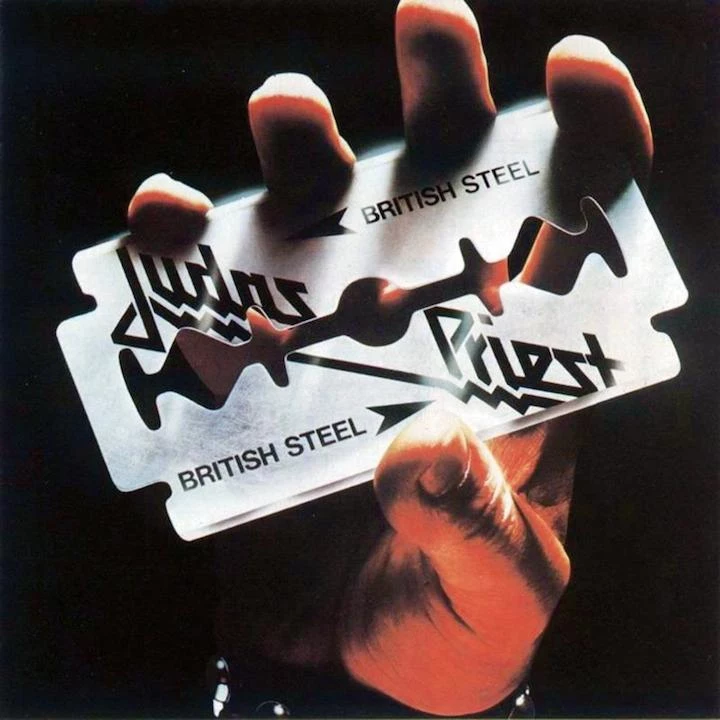
'British Steel'
Judas Priest (1980): Judas Priest began to couple their earlier complexity with more polished, groove-focused songs, hurtling NWOBHM into the mainstream. Fun moments like "Breaking the Law" are perfectly balanced by darker triumphs like "Metal Gods."

'Empty Glass'
Pete Townshend (1980): After 15 years of writing mostly for Roger Daltrey's voice, Pete Townshend discovered his own on his proper solo debut. He also matched the Who's highest charting single when "Let My Love Open the Door" reached No. 9.
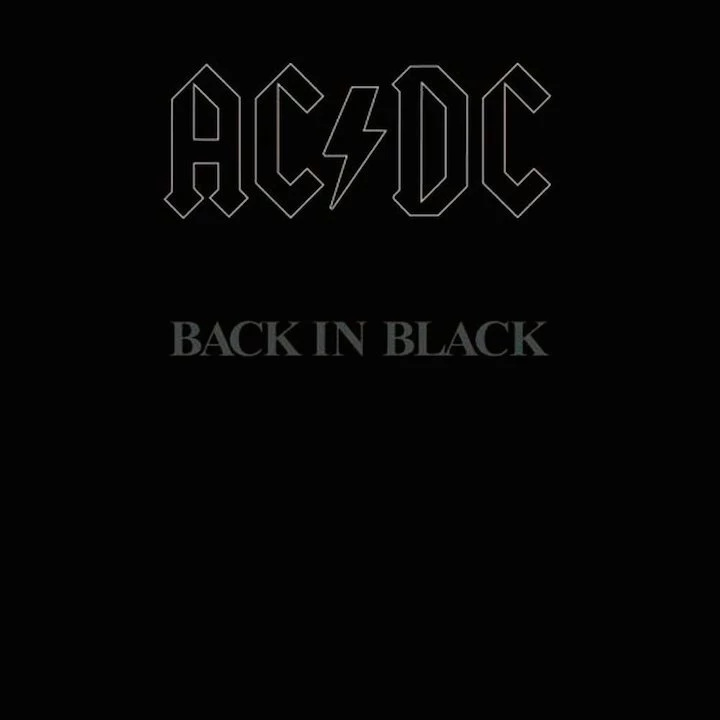
'Back in Black'
AC/DC (1980): AC/DC's powerhouse tribute to their late singer Bon Scott doubles as a declaration of purpose. With new singer Brian Johnson leading the charge, the group delivered their best album (about sex, death and, um, sex), and suddenly found themselves as one of the planet's biggest bands.

'Scary Monsters'
David Bowie (1980): After the critically lauded but commercially less successful Berlin Trilogy, Bowie began blending in more obvious pop sensibilities - and quickly returned to the top of the UK charts. 'Scary Monsters' can be seen now as a capstone on his '70s-era experimentalism.
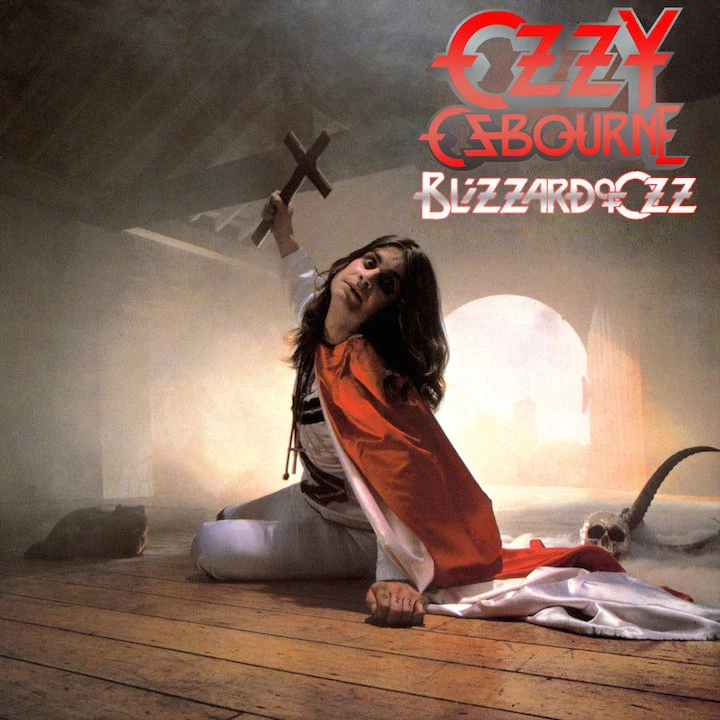
'Blizzard of Ozz'
Ozzy Osbourne (1980): There wasn't much momentum behind Osbourne as he emerged from his post-Black Sabbath firing. But the quick maturation of ex-Quiet Riot guitarist Randy Rhoads, coupled with Ozzy's sudden knack for finding neo-metal hooks, quickly turned things around.
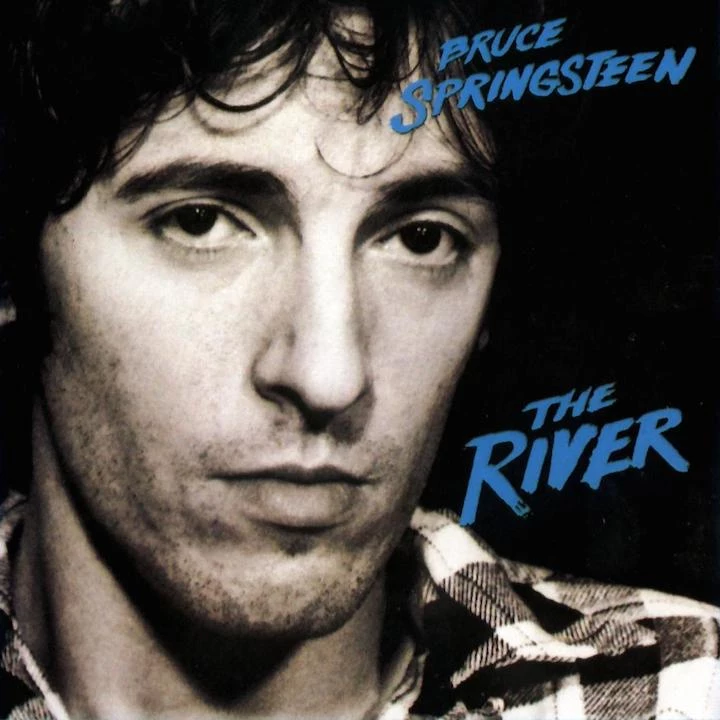
'The River'
Bruce Springsteen (1980): Springsteen's double-album follow-up to 1978's 'Darkness on the Edge of Town' plays like an old Hollywood movie, with characters making some bad choices on their way to redemption. He had way too many ideas and songs to pull it all together without losing some focus. But close enough.

'Making Movies'
Dire Straits (1980): Mark Knopfler begins to widen Dire Straits' sonic palette, bringing in jazzier textures and some new-wave sensibilities. His narrative command is growing, too. As such, 'Making Movies' opened the door for every success that followed.

'Remain in Light'
Talking Heads (1980): Bringing in horns, funk session players and Brian Eno, Talking Heads crafted their polyrhythmic masterpiece at the dawn of the decade and changed their direction forever. It sounded amazing and ahead of its time in 1980. It still does.

'Double Fantasy'
John Lennon/Yoko Ono (1980): After a five-year break from music to focus on being a husband and father, Lennon returned with a bunch of songs ... about being a husband and father. Three weeks after its release, he was killed, instilling the work (a collaboration with wife Ono) with even more poignancy.
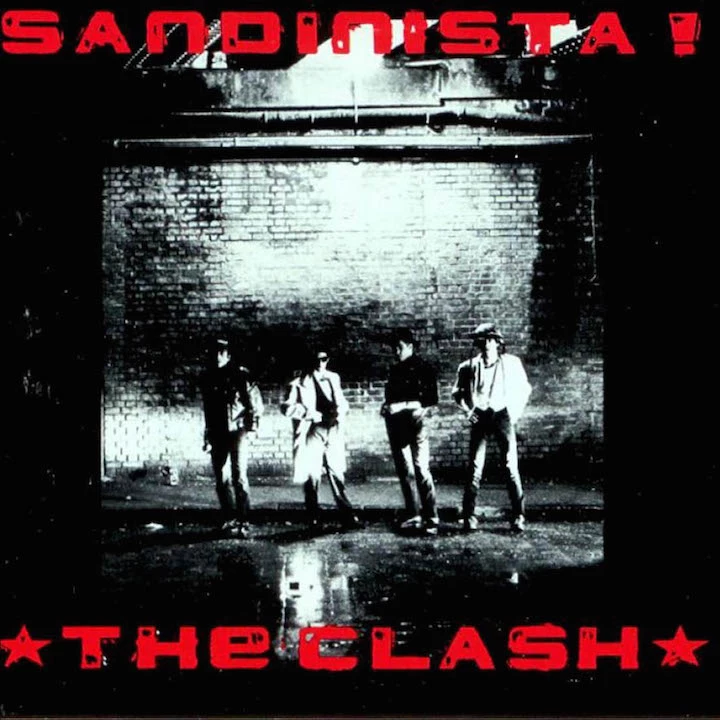
'Sandinista'
The Clash (1980): The Clash followed up their double-album masterpiece 'London Calling' with a three-record set that was even more sprawling. It's messy at times, and isn't as focused as their three previous LPs, but it's brimming with ideas, innovation and brilliance.

'Paradise Theatre'
Styx (1981): The most successful album in terms of achieving Styx's early goals of mixing of prog-rock ideals and AOR musicality, 'Paradise Theatre' perfectly balances grandiose pieces with short, sharp shocks like "Too Much Time on My Hands," "Snowblind" and "Half-Penny, Two-Penny."

'Face Value'
Phil Collins (1980): This not only redefined Genesis’ new-ish frontman as a solo artist, it worked as a fulcrum for everything that came later as Phil Collins' main band began rapidly metamorphosing from prog into an '80s hit machine.

'Moving Pictures'
Rush (1981): Still their biggest-selling U.S. album, this plays like an early-'80s greatest hits package (Side one's radio and concert favorites include "Tom Sawyer," "Red Barchetta," "YYZ" and "Limelight"), before Rush settles into long-form thoughts.
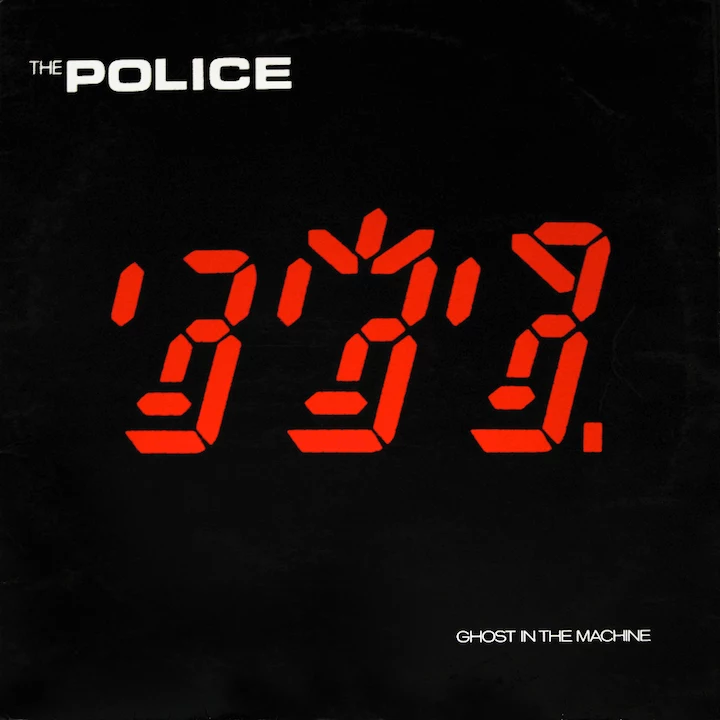
'Ghost in the Machine'
The Police (1980): If the Police's first three albums were about building styles, subjects and songcraft, their fourth expands the arsenal outright. It's their most political album, and at times their smartest and most melodic.
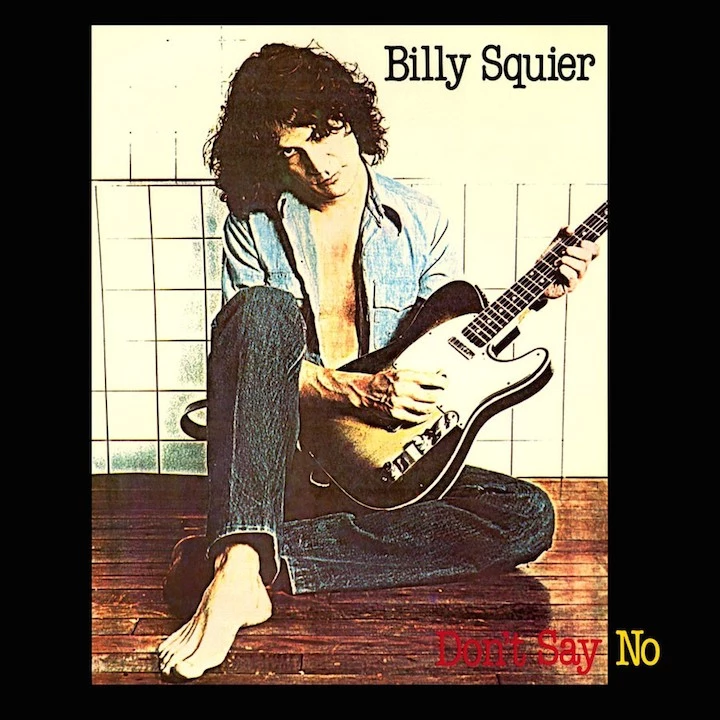
'Don't Say No'
Billy Squier (1980): For a moment in time, Billy Squier was everywhere, as songs like "My Kinda Lover" and "The Stroke" ruled the airwaves. 'Don't Say No,' in fact, remained on the Billboard album chart for more than two years.

'Fair Warning'
Van Halen (1981): The slowest-selling album of the Roth era, 'Fair Warning' may showcase Van Halen at their least commercial - but also perhaps at their most compelling. Eddie Van Halen's guitar is a central element in this dark and dirty triumph.

'4'
Foreigner (1981): This career peak found Foreigner firing on all commercial cylinders, from the anthemic rock-star love letter of "Jukebox Hero" to tender power ballads like "Waiting on a Girl Like You" to something brand new in "Urgent" - which benefited greatly from a funky cameo on sax by Motown's Junior Parker.

'Escape'
Journey (1981): The addition of Jonathan Cain made a commercial juggernaut out of Journey, which had started as a Bay Area jam band. Cain, in fact, had a songwriting credit for every song on 'Escape,' which reeled off four Top 20 hits - including "Open Arms," the era's definitive power ballad.

'Bella Donna'
Stevie Nicks (1981): Stevie Nicks' long-awaited solo career got off to a fast start with this smash hit, though she still seemed to favor collaborations -- working with Don Henley, Tom Petty and the Heartbreakers, and Waddy Wachtel, rather than Lindsey Buckingham.

'Tattoo You'
The Rolling Stones (1981): The Stones stitched together 'Tattoo You' from various leftover songs dating back to the mid-'70s. But the seams barely show on this tight collection - their last classic album - of sexed-up and riff-driven rockers.

'Abacab'
Genesis (1981): A bold update of the Genesis sound, 'Abacab' focused more on of-the-moment synths even while creating far more space than a group which once ballooned to five members had ever allowed. At the same time, songs like "No Reply At All" make clear their pop intentions for this decade.

'Discipline'
King Crimson (1981): King Crimson returned after a seven-year layoff boasting the snappy new-wave vibe of the day, thanks in no small way to the addition of former David Bowie/Talking Heads sideman Adrian Belew. Tony Levin, fresh off some early solo career-defining work with Peter Gabriel, added new depth, too.

'Too Fast For Love'
Motley Crue (1981): Motley Crue's punkish, bracingly lo-fi 1981 debut may not be their heaviest, best produced or most popular album - but it comes just a 'Shout' short of being their best.

'Diary of a Madman'
Ozzy Osbourne (1981): Randy Rhoads' interest in neo-classical guitar stylings didn't just propel the quickly assembled 'Diary of a Madman' to near-classic status, it pointed to a larger career statement that - tragically - was never to be. In retrospect, it was good Ozzy rushed this out at the end of 1981. By March 1982, Rhoads was gone.

'Asia'
Asia (1982): It wasn't the prog-redux moment many might have expected with a new supergroup featuring members of Yes, Emerson Lake and Palmer and King Crimson. Instead, it was a huge pop hit. So huge, in fact, that Asia almost immediately started splitting apart.

'Number of the Beast'
Iron Maiden (1982): New singer Bruce Dickinson's powerful, operatic voice unlocked the gates to metal immortality for Iron Maiden, inspring Steve Harris to take his songwrting to a new level on jaw-dropping tracks like "Run to the Hills" and "Hallowed Be Thy Name."

'Shoot Out the Lights'
Richard and Linda Thompson (1982): Richard and Linda Thompson were ending their 10-year marriage when they recorded 'Shoot Out the Lights,' and the resentment, hopelessness and regret are palpable in the songs. One of rock's all-time greatest breakup albums.

'Tug of War'
Paul McCartney (1982): McCartney scored his final No. 1 album so far, largely on the strength of the smash Steve Wonder duet "Ebony and Ivory." Dig deeper, however, and you'll find far more interesting gems such as "Wanderlust" and "Take it Away." A great Wings song that wasn’t, the latter should have been the bigger hit.
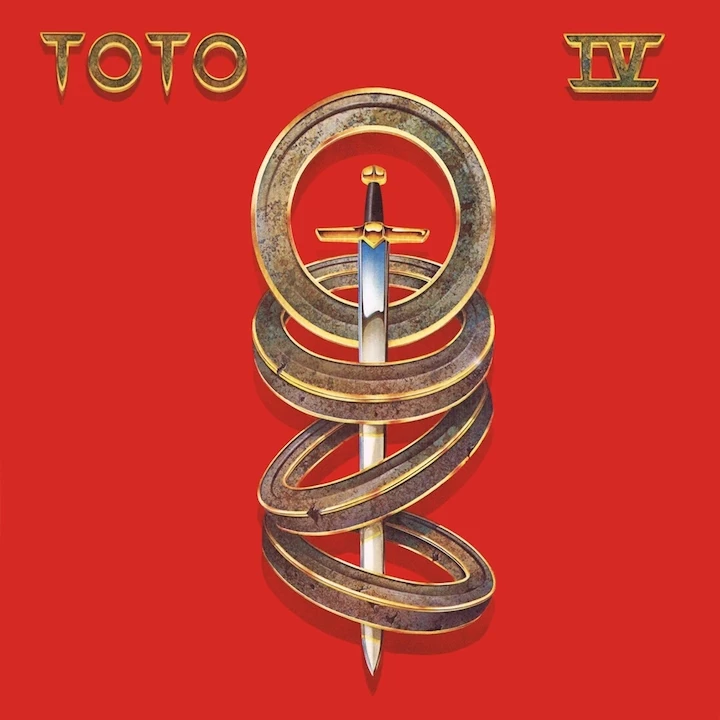
'IV'
Toto (1982): To this point, Toto hadn't managed a hit album, something all the more curious considering the studio pedigree of its core members. So, they put their heads together and came up with one. A huge one.

'Avalon'
Roxy Music (1982): Roxy Music departed on a high note with this elegant synth-pop gem. 'Avalon' rose to No. 1 in the UK behind the sophisticated, Bryan Ferry-crooned romance of songs like "More Than This" and the title track.

'Mirage'
Fleetwood Mac (1982): After indulging in the sprawling, wildly expensive, weirdly effective 'Tusk,' Fleetwood Mac returned with a comfy retro vibe for 'Mirage' - and fans raced back for the lacey mysteries of "Gypsy" and the soaring joys of "Hold Me."
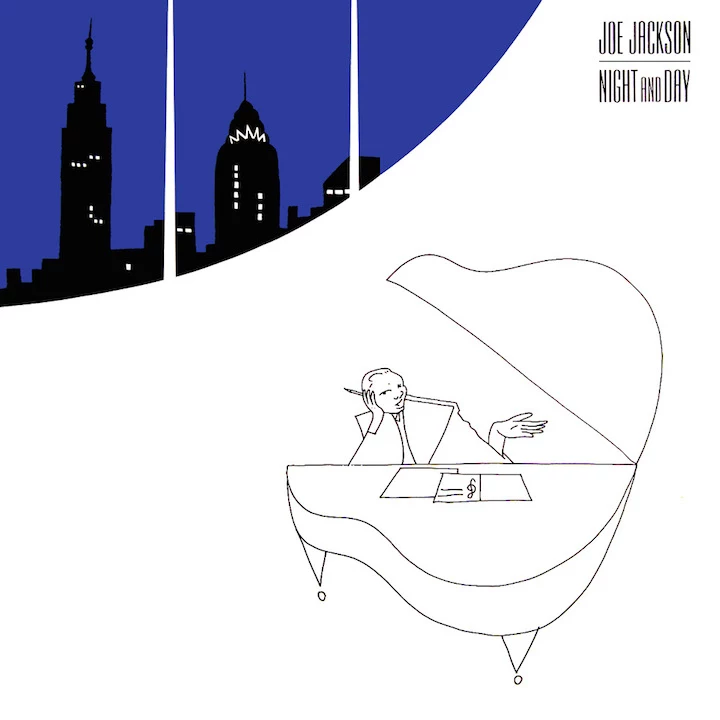
'Night and Day'
Joe Jackson (1982): Joe Jackson's first album after moving to New York was a love note to his new home. A shimmering collection of songs that touched on rock, Latin, jazz and pop, 'Night and Day' had two Top 20 hits in "Steppin' Out" and "Breaking Us in Two."

'Imperial Bedrooom'
Elvis Costello (1982): After setting the bar for dense, layered post-punk with 1979's 'Armed Forces,' Elvis Costello raised it again with 'Imperial Bedroom.' The album was a musically adventurous excursion in genre-hopping that earned comparisons to George Gershwin and Cole Porter.
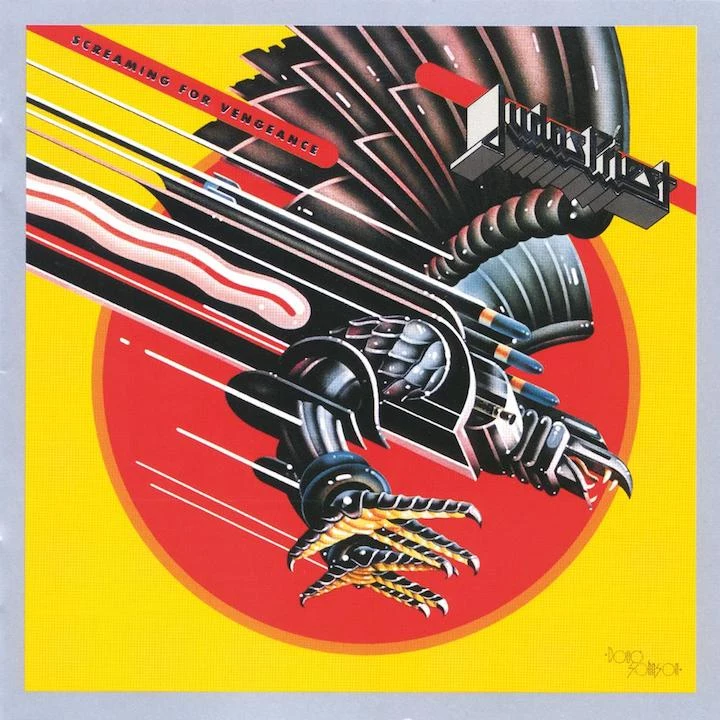
'Screaming for Vengeance'
Judas Priest (1982): And to think, the best-known track on Judas Priest's breakthrough album almost didn't make it. Needing one more song to complete the project, they turned to an unfinished number that became "You've Got Another Thing Comin'."

'Nebraska'
Bruce Springsteen (1982): Springsteen originally meant for these stark, desolate songs to serve as demos for the E Street Band, but their themes - mostly death and despair, and lots of it - worked better as stripped-down acoustic numbers. We can't imagine them any other way.

'Security'
Peter Gabriel (1982): Yes, this was to be Peter Gabriel's fourth consecutive self-titled solo album. (A frustrated Geffen Records added a sticker saying 'Security' in the U.S.) Inside, however, much had changed, as Gabriel began to dabble in the African and Latin rhythms that would make 'So' a career-changing smash.

'Creatures of the Night'
Kiss (1982): With their career in tatters, Kiss finally stopped messing around with disco, pop and concept albums and delivered their heaviest and most sophisticated album ever. Someday we're going to convince them to play "Saint and Sinner" and "Rock and Roll Hell" live.
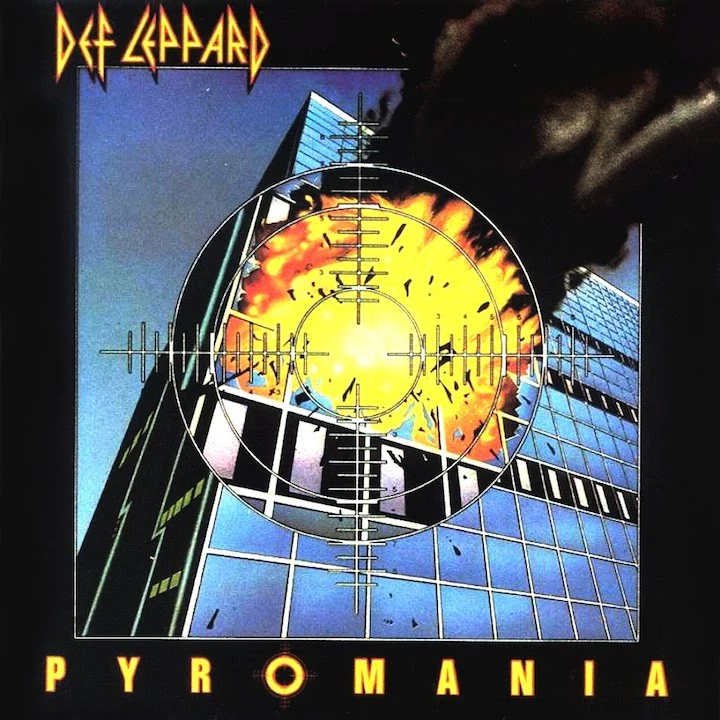
'Pyromania'
Def Leppard (1983): With this album, both Def Leppard and producer Mutt Lange came into their own. Focusing less on raw energy and more on pristine melodicism, they created a gleaming tower of pop-metal.

'Eliminator'
ZZ Top (1983): ZZ Top traded their blues stylings for synth-driven pop on the MTV-conquering 'Eliminator,' and in effect became arena-filling pop stars. But beneath all that new polish was the same ol' boogie that helped define them a decade before.

'Let's Dance'
David Bowie (1983): David Bowie's decision to work with Nile Rodgers, and by extension his suave and funky band Chic, gave this album a sleek approachability in keeping with the times - and Bowie his biggest hit ever. A dash of grit comes courtesy of guest guitarist Stevie Ray Vaughan, then largely unknown.

'Holy Diver'
Dio (1983): After extremely productive stints as lead singer for Rainbow and Black Sabbath, Ronnie James Dio stepped out on his own and delivered another masterpiece right out of the gate with 'Holy Diver.' The still-ubiquitous title track and "Rainbow in the Dark" get all the attention, but the entire album is worthy of your time.

'Piece of Mind'
Iron Maiden (1983): Iron Maiden's most famous lineup finally locked into place on their fourth album with the arrival of the technically dazzling Nicko McBrain. Meanwhile, on his second studio effort with the group, Bruce Dickinson proves himelf an important songwriting partner as well as one of the genre's best singers on tracks like "Revelations" and "Die With Your Boots On."

'Texas Flood'
Stevie Ray Vaughan (1983): All of the guitar gods were gone, or otherwise occupied. Drum machines had replaced stomping feet. There were synthesizers instead of someone slapping on the 88s. Into this unlikeliest of scenarios stepped Stevie Ray Vaughan.
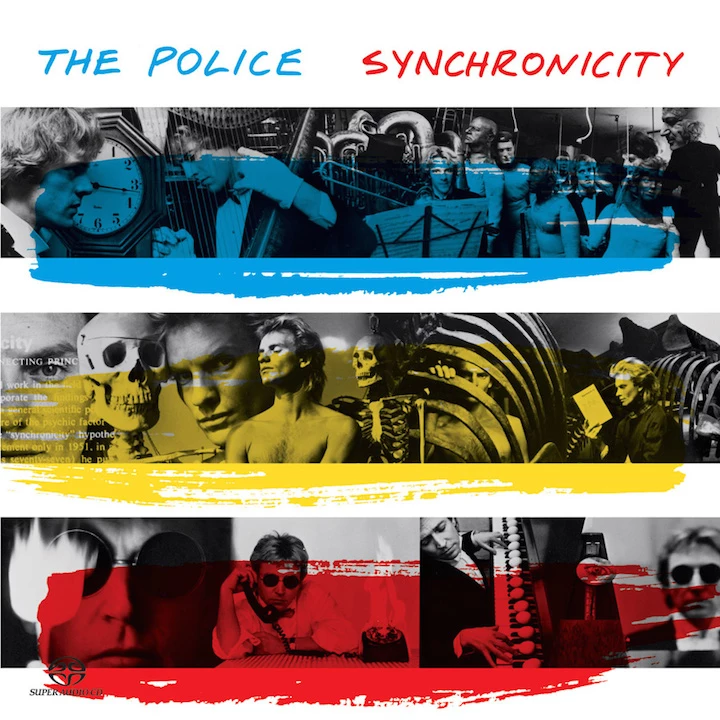
'Synchronicity'
The Police (1983): The ultimate lesson on leaving at the top of your game, the Police's last album is a dark and complex masterpiece that was light-years from the reggae-infused punk of their first few records. But it was tuneful and accessible enough to sell eight million copies and have four smash hit singles.

'Kill 'Em All'
Metallica (1983): The future kings of metal went all Nuke LaLoosh and announced their presence with authority on their debut album, mixing breakneck speed with technical precision to help create the thrash genre on "Hit the Lights," "Whiplash" and "Seek & Destroy."

'Innocent Man'
Billy Joel (1983): As he was falling in love with supermodel Christie Brinkley, Billy Joel looked back at the rock and soul music of his youth on 'An Innocent Man.' It spawned three Top 10 hits and remained on the charts for more than 100 weeks.

'Shout at the Devil'
Motley Crue (1983): Motley Crue's relentless, riff-filled second record immediately catapulted them into hard rock superstardom, and remains their masterpiece. Some of us (definitely not all of us) think they even managed to out-do the Beatles with their scorching take on "Helter Skelter."

'Rebel Yell'
Billy Idol (1983): As immediate as this album sounds, it's easy to forget that Billy Idol had to perfect quite a complex formula to create 'Rebel Yell.' Punk attitude, metal guitar, pop smarts, soulful vocals - and yes, the accompanying MTV-ready visuals - all blended together in perfect doses to create this essential '80s sensation.

'90125'
Yes (1983): Yes’ best-selling U.S. single ever, “Owner of a Lonely Heart” shot to No. 1 on the strength of its new-wave attitude then its weirdly transfixing video - and this legacy group was reborn for a new age.

'1984'
Van Halen (1984): For his band's sixth album, Eddie Van Halen pulled out a synthesizer, wrote songs rather than riffs and changed the group's fortunes. It eventually tore apart the band (David Lee Roth was gone the next year), but it left us with classics like "Jump," "Panama" and "Hot for Teacher."
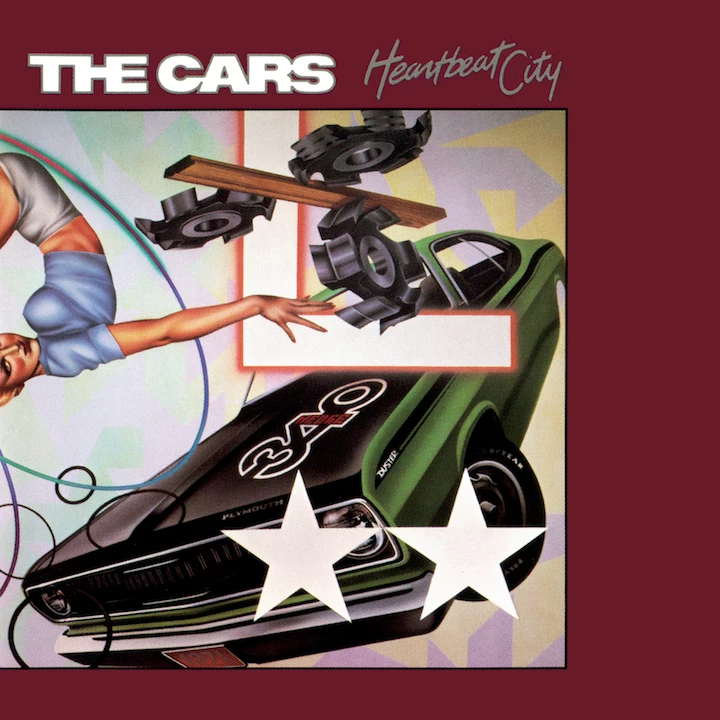
'Heartbeat City'
The Cars (1984): Trading in the edgy new wave sound of their earlier triumphs, the Cars enlisted now-mega-producer Mutt Lange to help produce something poppier, glossier and arguably even more radio-friendly. Naturally, it sold a bazillion copies. Sadly, it was also pretty much the end of the group.

'Stay Hungry'
Twisted Sister (1984): After years of slowly conquering the Long Island and New York metal scene, Twisted Sister grabbed the brass ring with their third album's undeniable twin anthems, "We're Not Gonna Take It" and "I Wanna Rock." In retrospect, the only shame is that those pop-tinged hits drowned out the rest of this impressive album's more diverse and aggresive songs.
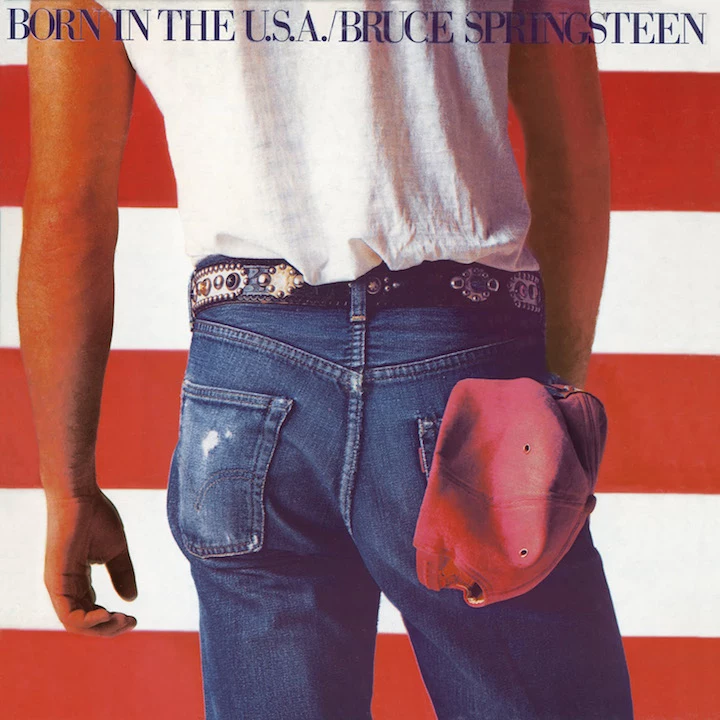
'Born in the USA'
Bruce Springsteen (1984): The moment where Springsteen became the biggest rock star on the planet. And he managed it with one of his best set of songs - all rage, sorrow and nostalgia for better days. A landmark record of the '80s and a timeless classic.

'Ride the Lightning'
Metallica (1984): Metallic fearlessly left the pioneering style of their barely-a-year-old first album far behind with their sophomore effort. Happily, the dramatic advances in production values and songwriting complexity did absolutely nothing to diminish the band's primal fury.

'Stop Making Sense'
Talking Heads (1984): One of rock's greatest live albums, by one of rock's greatest live bands. Talking Heads were full into their expanded lineup when they recorded their concert movie and this excellent soundtrack, which rework their already formidable catalog into dizzying new heights.

'Reckless'
Bryan Adams (1984): 'Reckless' had peaked, it seemed, outside the Top Five in January 1985. But Bryan Adams kept releasing songs, and they kept becoming hits, and pretty soon his album had not only reached No. 1 but had become the first by a Canadian to sell one million copies in his home country.

'Building the Perfect Beast'
Don Henley (1984): If this synth-laden, distinctively modern album was your first taste of Don Henley, you might have found it difficult to believe he was once a country-rock pioneer with the Eagles. But beneath that '80s veneer, Henley's familiar songwriting strengths emerge.
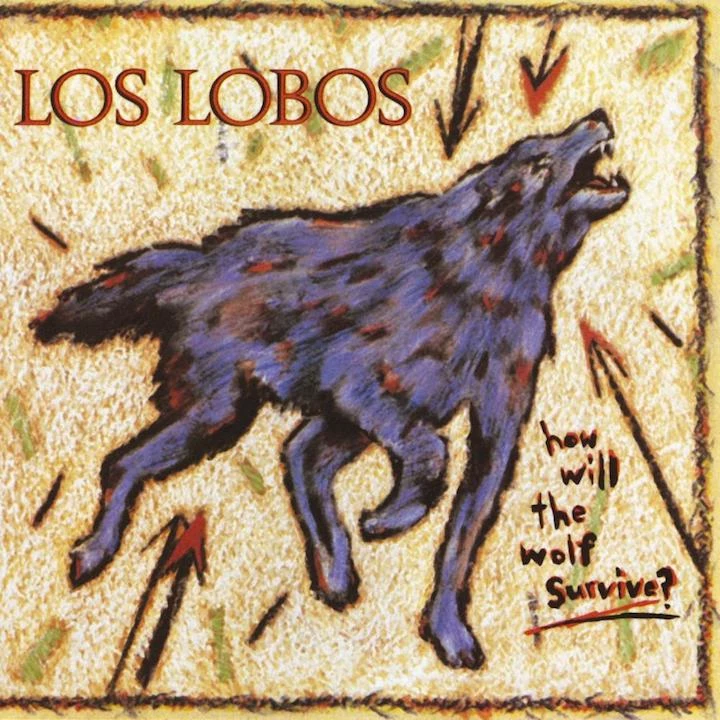
'How Will the Wolf Survive?'
Los Lobos (1984): Before they started exploring meticulously crafted soundscapes in the studio, and before they hit No. 1 with their cover of "La Bamba," Los Lobos made one of the '80s' best roots records. Smart, sharp ... and you can dance to it.

'Centerfield'
John Fogerty (1985): After a 10-year vacation from music, Fogerty returned with his most Creendence-like set of songs since he shut down the band in the early '70s. It's a self-referential work, with lyrical and musical quotes to his CCR days, and a renewed sense of purpose from one of rock's greatest songwriters.

'Southern Accents'
Tom Petty (1985): Petty explores the South and his connection to it, while also enlisting Eurythmics Dave Stewart to produce a handful of mind-warping tracks. It's not Petty's most focused album (and he and his band fought during its completion), but it's an interesting '80s sidetrack.
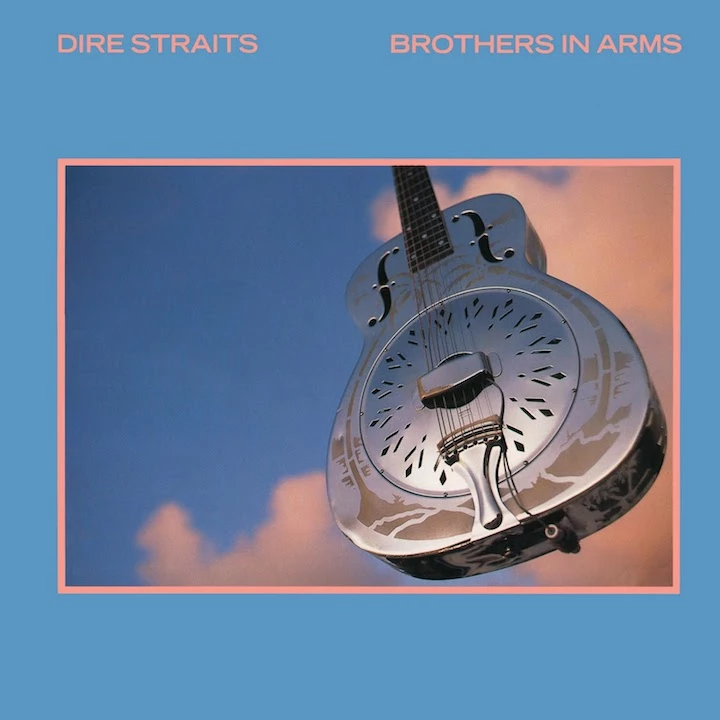
'Brothers in Arms'
Dire Straits (1985): Mark Knopfler polished and fine-tuned the tracks on 'Brothers in Arms' to the point where they sounded like perfectly constructed packages of the digital future. All that airlessness would be stifling if the songs ("Money for Nothing," "So Far Away," "Walk of Life") weren't so great.
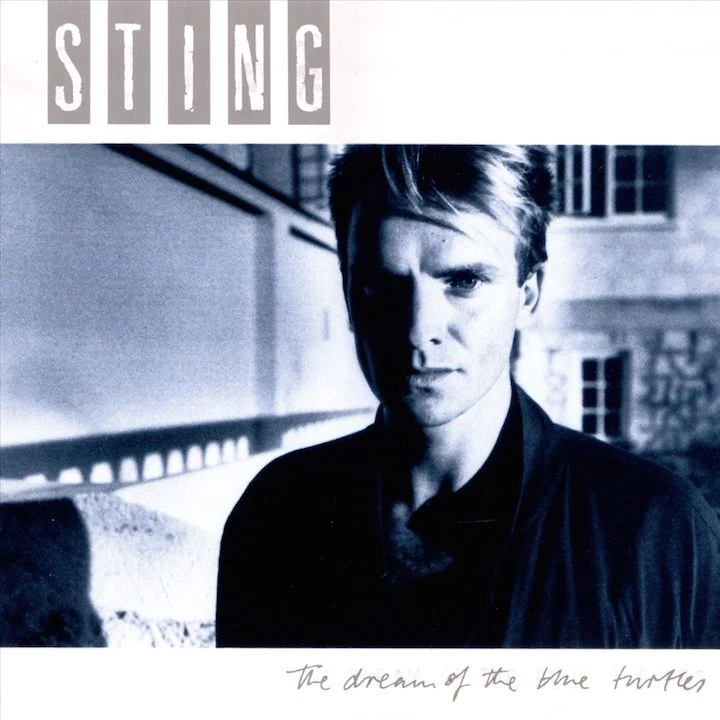
'Dream of the Blue Turtles'
Sting (1985): After dissolving the Police, Sting hooked up with some of jazz's hottest young guns for his first solo album. 'The Dream of the Blue Turtles' falls somewhere in between the two genres, creating a unique sound and some of the decade's most pointed social commentary.
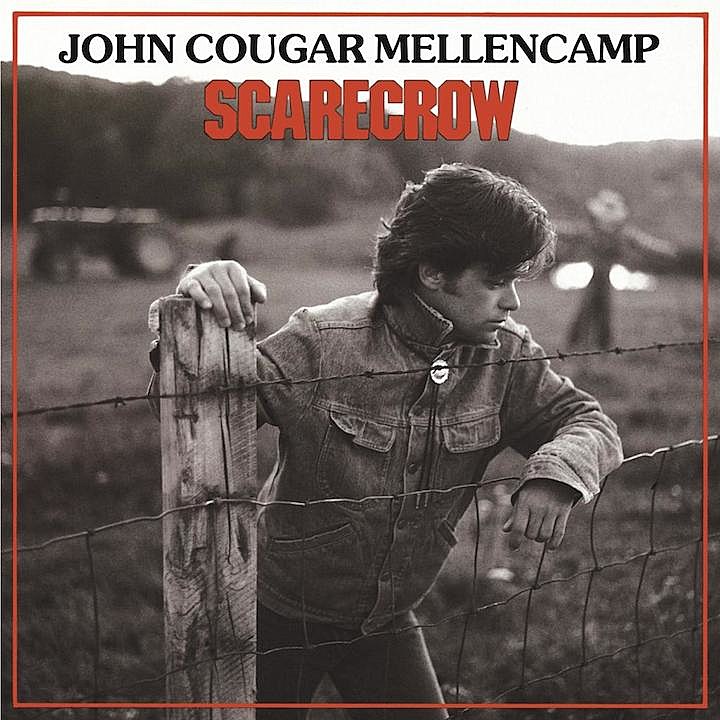
'Scarecrow'
John Mellencamp (1985): Mellencamp got serious and political on his eighth album, an exploration of deep-rooted Americana that he had first played around with on "Pink Houses" a couple of years earlier. The former John Cougar got even rootsier on the follow-up, 'The Lonesome Jubilee,' but 'Scarecrow' is where it all comes together for him.
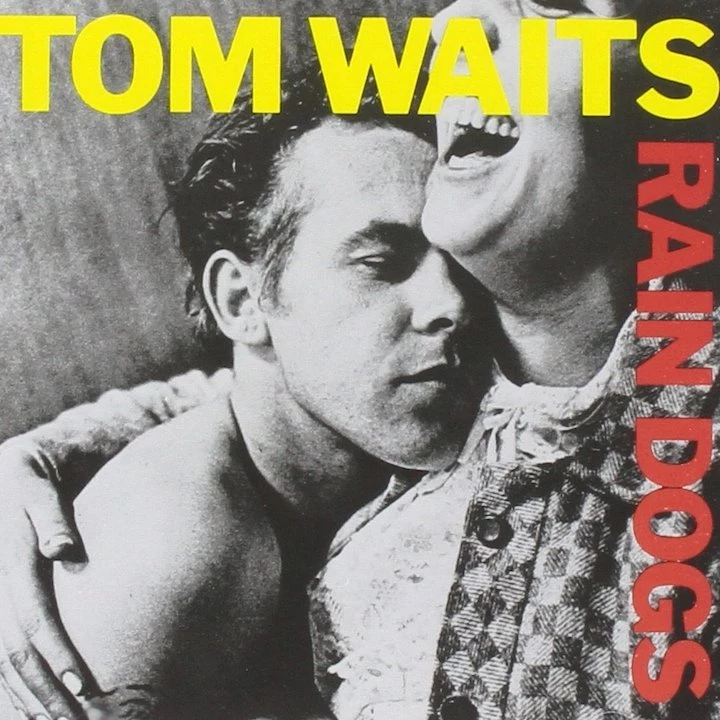
'Rain Dogs'
Tom Waits (1985): Waits began transforming himself from boozy beatnik to avant-rock weirdo around the turn of the decade. On 'Rain Dogs' he completely gives in to his weirdo side. Trashcan percussion, bullhorn vocals and a Keith Richards cameo - all-around brilliant.
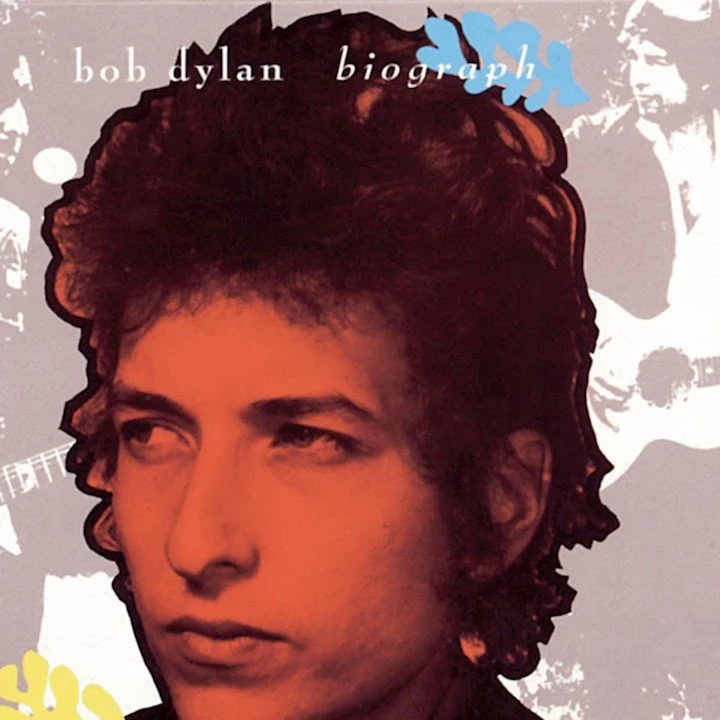
'Biograph'
Bob Dylan (1985): This box (originally five LPs) gathers more than 50 songs from Dylan's first three decades - nearly half of them never released or collected on album. It's a riveting portrait of one of music's most influential figures.

'Master of Puppets'
Metallica (1986): On their third album, Metallica perfected the thrash assault they were working their way up to since the decade's start. It influenced tons of other likeminded artists, and, more importantly, on songs like the battering title track, it runs circles around the rest of '80s metal.
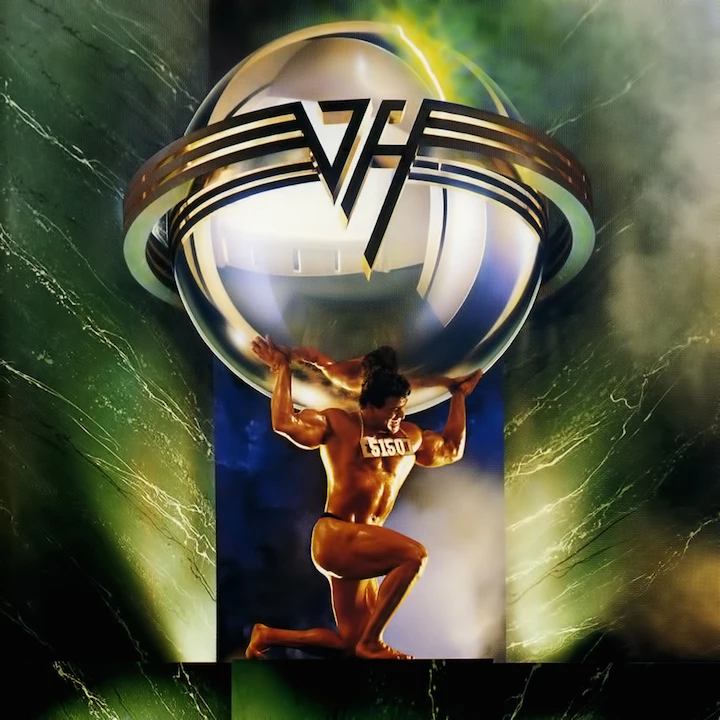
'5150'
Van Halen (1986): On this fanbase-polarizing but ultimately undeniable album, Van Halen take full advantage of new frontman Sammy Hagar's considerable vocal abilities, expanding their range on songs like the soaring "Dreams" and the surprisingly sophisticated "Best of Both Worlds."
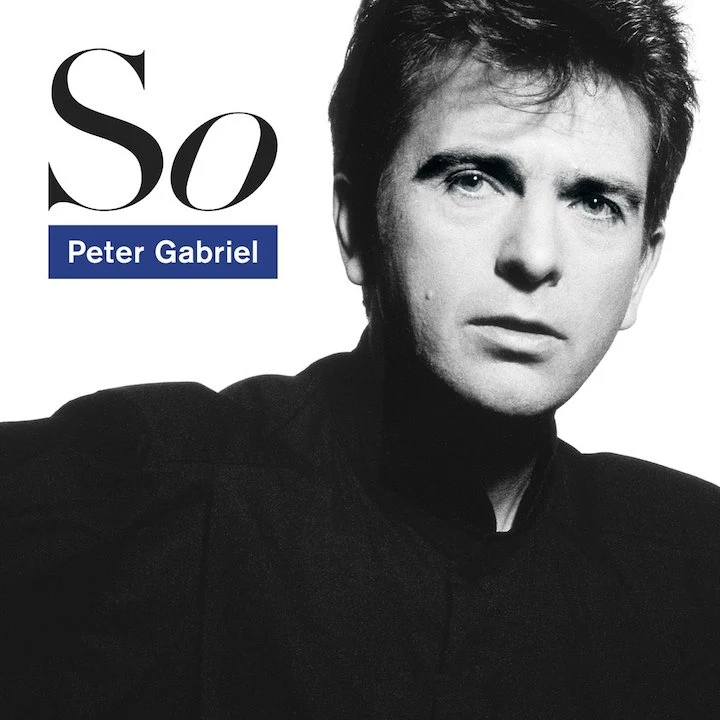
'So'
Peter Gabriel (1986): After four albums of demanding art-rock, Gabriel switched gears a bit on his fifth solo LP (and the first to feature an actual title). Its mainstream success - thanks to hit singles "Sledgehammer" and "In Your Eyes," among others - proved that even intimidating '70s prog-rockers could be world-dominating pop stars.

'Eat 'Em and Smile'
David Lee Roth (1986): Diamond Dave sure seemed screwed after acrimoniously leaving hard rock's best and most popular act at the height of their fame. But shockingly, while his former battery mate Eddie Van Halen experimented with keyboards and (gasp!) maturity, Roth recruited a three-headed monster of a band and beat his old crew hands down in terms of pure rock thrills.
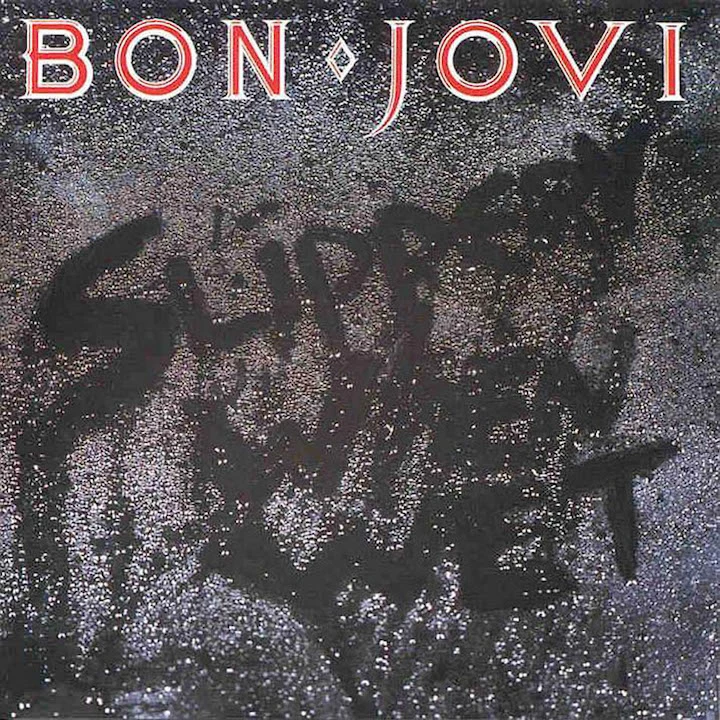
'Slippery When Wet'
Bon Jovi (1986): With the possible exception of U2, there isn't a band that was more honest about priortizing world domination than Bon Jovi circa 1986. Purists cried foul over the band's carefully calculated, literally focus-grouped songcraft and mom-friendly sound. But over 12,000,000 people ignored those haters and made Bon Jovi the biggest band of the decade.

'Orgasmatron'
Motorhead (1986): We realize we're courting controversy by choosing this over 'Ace of Spades,' but it's not a stunt. There's something just foreign enough about the production on this one to cast Motorhead's awesomely predictable sound in a whole new light. Plus, the first five songs are sequenced together so tightly it's like hearing the 'Abbey Road' medley on amphetamines.

'Graceland'
Paul Simon (1986): Nobody's done more for world music than Simon, who enlisted South African musicians to liven his greatest solo LP. 'Graceland' is a joyous, super-catchy collection of songs about growing up, growing old and seizing the moment. Forget the controversy; this is music to get lost in.

'Hysteria'
Def Leppard (1987): No album defines the sound of the '80s more than this gazillion-selling hit. With Mutt Lange again behind the boards, Def Leppard crafted a set of polished pop-rock gems (like the eternal "Pour Some Sugar on Me") that glisten beneath the weight of their stellar hooks.

'Joshua Tree'
U2 (1987): U2's masterpiece sounds epic from the very first notes of the opening "Where the Streets Have No Name." Bono and band made their legend here, on their fifth album, with shimmering guitars, arena-shaking hooks and a soundscape as big as their imaginations would allow.

'Electric'
The Cult (1987): Ever wonder how Jim Morrison would sound fronting early-70's AC/DC? Luckily, with help from Rick Rubin's spartan production methods the Cult tried that look out for this one glorious album. It fit perfectly, so naturally they changed their style again the next time out.

'Appetite for Destruction'
Guns N' Roses (1987): Guns N' Roses busted outta Los Angeles like they had something to prove. Before Nirvana got around to killing hair metal once and for all, GNR got in the first blow on this still-powerful debut assault of riffs, hooks and attitude.

'Lonesome Jubilee'
John Mellencamp (1987): Mellencamp dove deeper into the introspective socio-political themes he’d begun exploring with 1985’s 'Scarecrow,' even as rootsier sounds - accordion, melodica, fiddle - moved to the fore.

'Sentimental Hygiene'
Warren Zevon (1987): Fresh out of rehab, Warren Zevon rediscovered his muse and savage wit on 'Sentimental Hygeine.' It was recorded with an all-star cast, including Neil Young, Bob Dylan, Don Henley and members of the Heartbreakers and R.E.M.
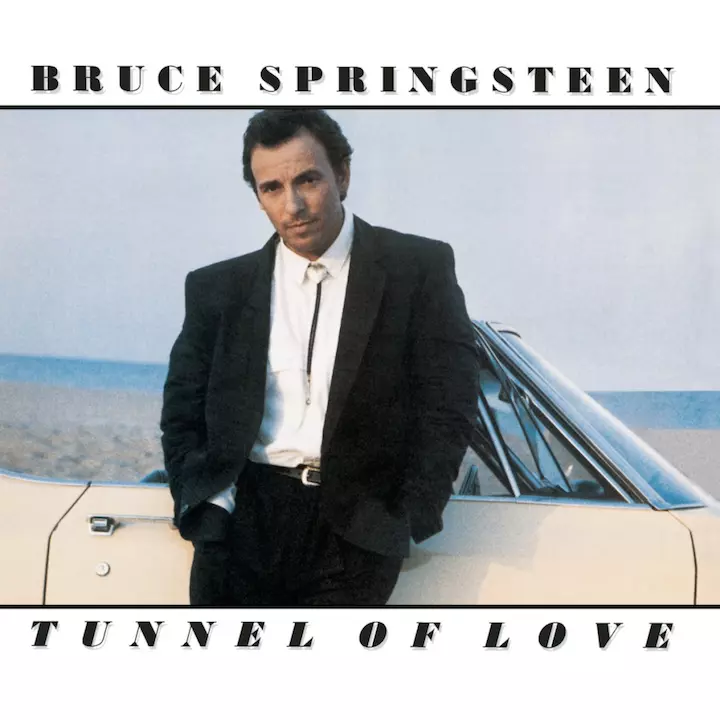
'Tunnel of Love'
Bruce Springsteen (1987): After the massive success of 'Born in the U.S.A.,' Springsteen scaled back his music and changed his focus. The result was a stunning song cycle about the pitfalls of falling in love when you're not emotionally ready for it.

'Surfing with the Alien'
Joe Satriani (1987): Steve Vai and Kirk Hammet's former guitar teacher proves that guitar wizardy is about 100 times more impressive when paired up with great songwriting on his commercial breakthrough, 'Surfing With the Alien.' Plus, for crying out loud, the guitar is laughing like a chimpanzee with hiccups at the end of the title track!

'Now and Zen'
Robert Plant (1988): After too long ignoring everything that came before, Plant begins a tentative return to his Led Zeppelin legacy by way of a couple of collaborations here with Jimmy Page. At the same time, a group of younger collaborators goosed him into exciting new sounds.

'Crossroads'
Eric Clapton (1988): One of rock's first box sets of the CD era, and still one of the best. Collecting material from Clapton's vast career - including the Yardbirds, John Mayall's Bluesbreakers, Cream, Derek and the Dominoes and solo material - 'Crossroads' included enough previously unreleased tracks to entice old fans.

'Vivid'
Living Colour (1988): Living Colour obliterated the lines between rock, funk, metal and jazz on their debut. 'Vivid' took on topics like racism, slumlords and celebrity culture while giving some of the decade's most accessibly complex music.

'Nothing's Shocking'
Jane's Addiction (1988): Jane's Addiction were too artsy to fit in with L.A.'s metal scene, too heavy to be part of the alternative club. So they basically became their own entity, combining Zeppelin-sized riffs with tricky art-rock poses on their classic studio debut.
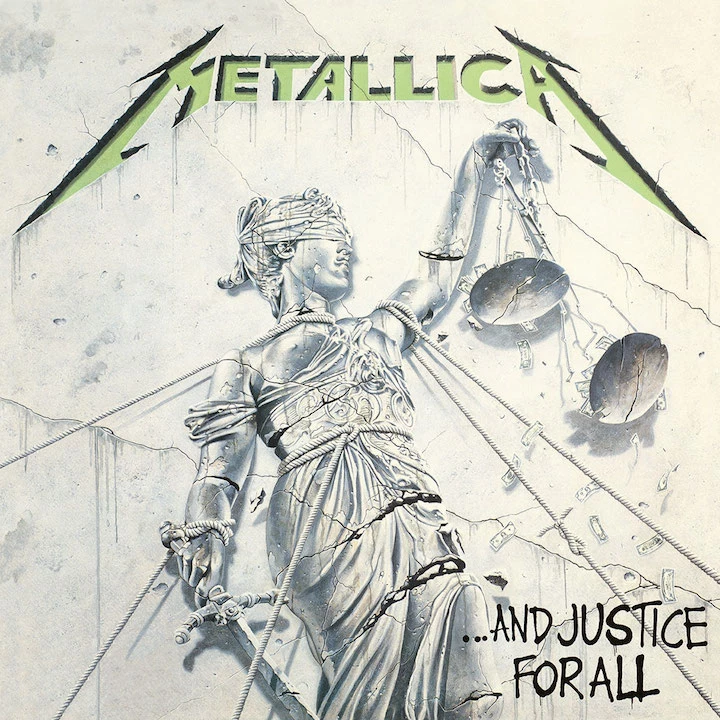
'And Justice For All'
Metallica (1987): Metallica's fourth album (and first to feature Jason Newsted on bass following Cliff Burton's death) expanded the ideas and sprawling set pieces found on the band's earlier LPs. For years, fans have complained about 'Justice''s thin production, but that doesn't take anything away from epic songs like "One."

'Talk is Cheap'
Keith Richards (1988): Mick Jagger had issued his platinum-selling solo debut in 1985, but to this point Richards had refrained from working outside the framework of the Rolling Stones. 'Talk is Cheap,' a brilliantly nasty little aside that went gold, equalized things - and the Stones were back on track for an improbable reunion that continued into a new millennium.

'Vol. 1'
Traveling Wilburys (1988): When needing a b-side, George Harrison roped in Bob Dylan, Roy Orbison Tom Petty and Jeff Lynne and wound up with a full album, While supergroups often disappoint due to a desire to overwhelm, the Traveling Wilburys succeed because they kept things loose.

'New York'
Lou Reed (1989): The last best thing that Lou Reed ever did, 'New York' (with its flinty ripped-from-the-headlines references like the "Statue of Bigotry") helped nudge rock toward a better self - even as it put a period on what had become a deeply overindulgent period in American history.

'Full Moon Fever'
Tom Petty (1989): Although this was Petty's first solo album, all of the Heartbreakers but drummer Stan Lynch played on it. Produced by Jeff Lynne, it contains some of Petty's biggest hits, including "I Won't Back Down," "Running Down a Dream" and the majestic "Free Fallin'."
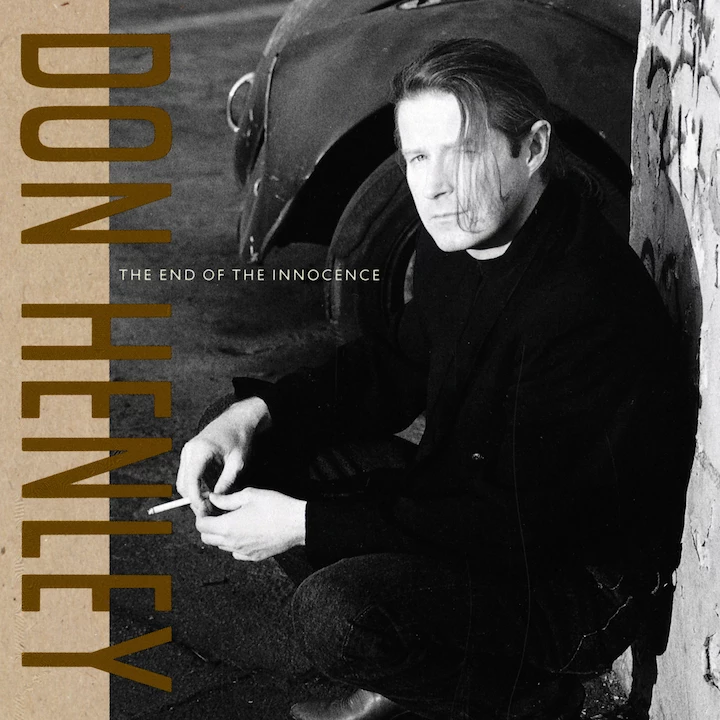
'End of the Innocence'
Don Henley (1989): Henley shifted priorities from decadent rock star to socially aware crusader sometime in the '80s, and on his best album, he chronicles the effects of eight years of Reaganomics on his struggling Everyman. He catalogs matters of the heart too, but the pained title track sums up the decade's dashed dreams.

'Pump'
Aerosmith (1989): After spending the first half of the '80s barely visible, Aerosmith staged a comeback with 1987's 'Permanent Vacation.' But it's 1989's 'Pump' that sealed it. The slickly produced but hook-stuffed album kicked off the band's most commercially successful era, culminating in multiple chart-topping hits.

'Oh Mercy'
Bob Dylan (1989): Dylan gave in to worry, seeming to rebuke everything he'd preached on hope-filled albums like 'Saved' - not to mention his goofball turns with the Traveling Wilburys. The result was a late-period classic, governed by producer Daniel Lanois' atmospheric process.
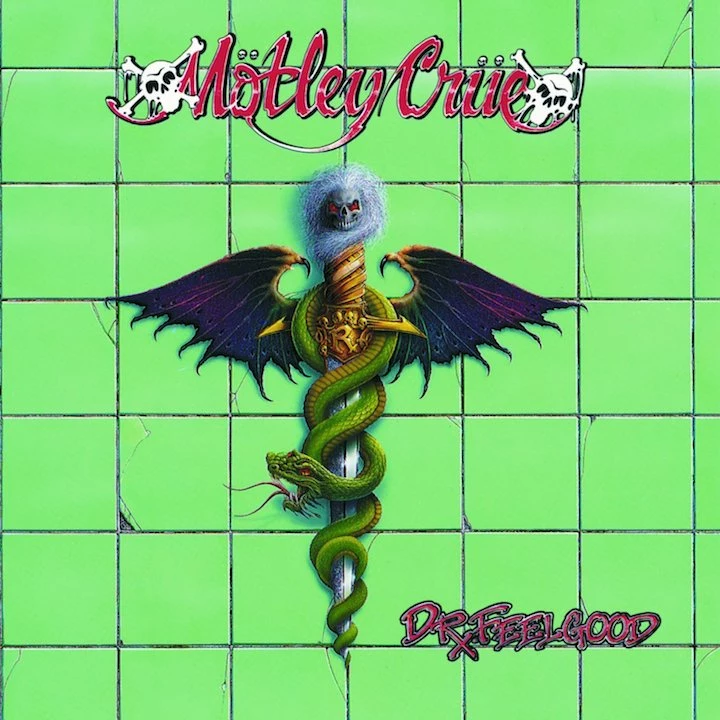
'Dr. Feelgood'
Motley Crue (1989): Already riding an impressive streak of multi-platinum albums, Motley Crue really buckled down for their fifth album. They got sober and brought in producer Bob Rock to tighten up their songs and pump up their sound. Their hard work was rewarded with five hit singles and the biggest-selling album of their career.
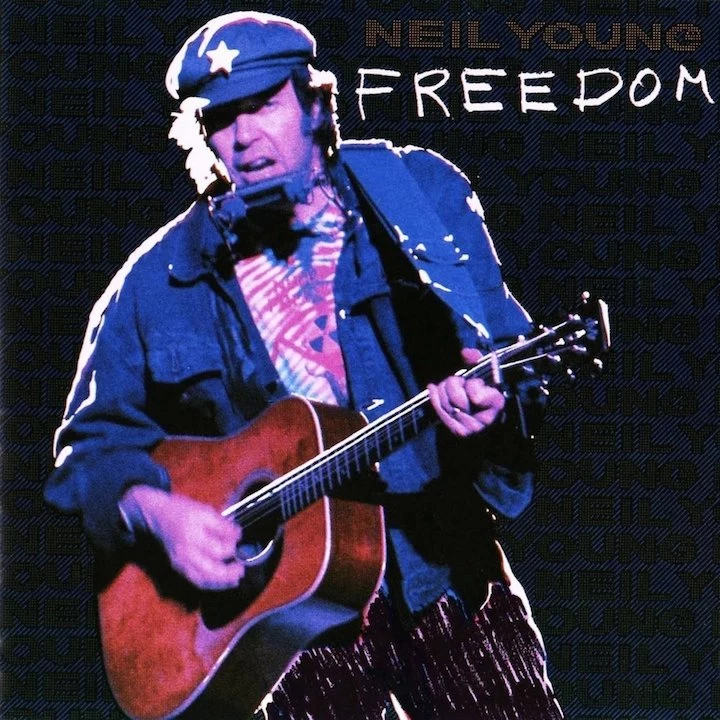
'Freedom'
Neil Young (1989): The artistic reemergence hinted at on Neil Young's rootsy 1988 return to Reprise, ‘This Note’s for You,’ was realized a year later with ‘Freedom’ - his most varied, most topical, most complete work since the ’70s.
Next: Revisiting Huey Lewis and the News' First No. 1 Album, 'Sports'